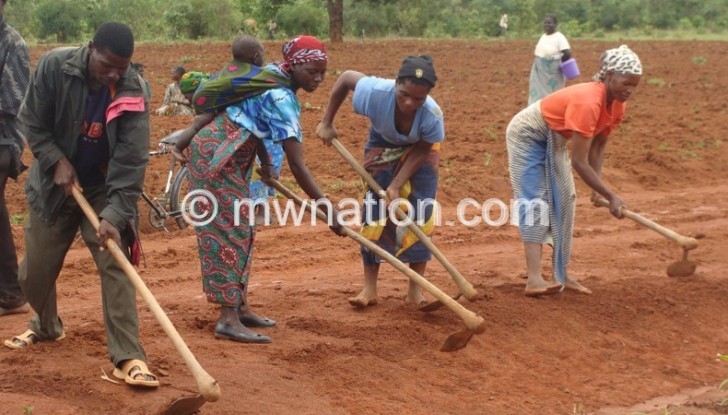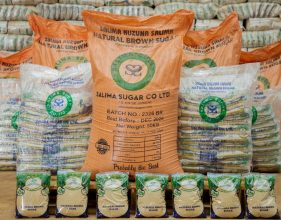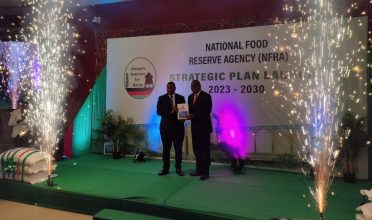Rural households vulnerable—Report
The World Bank (WB) has said many households in rural Malawi are vulnerable to poverty, most of which has been caused by chronic poverty, with a K37 002 ($51) consumption per capita per year threshhold.
However, the Ministry of Finance, Economic Planning and Development has since mentioned food insecurity as one factor increasing poverty levels among the country’s rural households.

In its report Vulnerability to Poverty in Rural Malawi, the World Bank says that risks, particularly rainfall and loss of off-farm employment, are contributing to the growing poverty levels while at the same time dragging non-poor households to fall into the poverty trap in the next period.
According to the report, the percentage of vulnerable households is highest in Northern Region at 58.5 percent followed by Southern Region at 45.6 percent and then quite a bit lower in Central at 21.6 percent.
Reads the report in part: “Smallholder [farmers] in rural Malawi are particularly vulnerable to exogenous shocks that reduce harvests, income and consumption levels, primarily due to very small landholdings and limited availability of insurance mechanisms to help households cope with shocks. Harvested quantities of crops, livestock and fish are primarily affected by weather shocks.”
But in an interview yesterday, Ministry of Finance, Economic Planning and Development spokesperson Nations Msowoya said in the past two years, Malawians, especially those in rural areas, have been worst hit by the hunger crisis; hence, the rising poverty levels.
However, he said it was expected that poverty levels in the rural areas would worsen coupled with limited access to food due to the weather shocks.
Msowoya said despite rolling out the cash transfer scheme which has since benefited over 700 000 people as part of the K27 billion ($37 million) grant given to Malawi to improve social protection, some Malawians have not benefited as the project is only targeting selected districts of Mzimba in the Northern Region and Mwanza, Neno, Nsanje and Mulanje in the Southern Region.
He, however, said to complement the initiative and empower more Malawians, government has since revised to K11.9 billion the Public Works programme meant to benefit people and help them get food and farm inputs.
In May, United Nations Economic Commission for Africa’ African Social Development Index (ASDI) report revealed that Malawi and the rest of Africa are getting poorer than two decades ago fueled by inequality.
In December 2015, Oxfam’s report titled A Dangerous Divide: The State of Inequality in Malawi said that 50 million Malawians (about 50 percent) live in poverty and warned that if nothing is done to reverse the trend, by 2020, Malawi will have 9.5 million citizens under the poverty line after ore setbacks for 1.5 million people.





